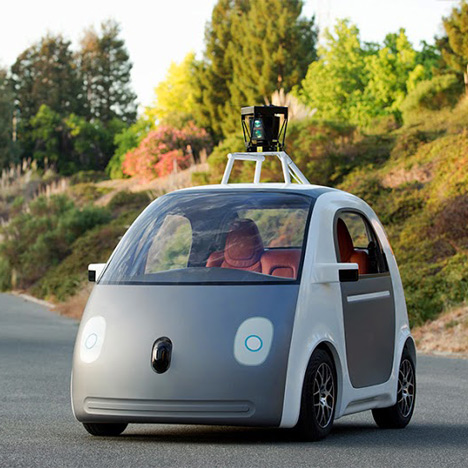
Google forced to add steering wheels to driverless car designs
News: the California department of motor vehicles has introduced new road safety rules, requiring all vehicles on its roads to have a steering wheel and brake pedal – including Google's fleet of driverless cars.
Google will have to fit manual control devices to each of the cars in its test fleet of driverless vehicles before it can take them onto public roads in the tech giant's home state.
Google unveiled its latest prototype for a button operated car in May this year, with a movie showing members of the public test driving one of the vehicles. The company said it would create a fleet of around 100 cars to test on the roads near its headquarters in Mountain View, California.
But California's DMV has now announced new rules that will come into effect in mid-September, that say a driver must be able to take "immediate physical control" of a vehicle on public roads – meaning it has to have a steering wheel and brake and accelerator pads.
Google told the Wall Street Journal that it would comply with the rule by adding temporary devices, including a pedal system.
"With these additions, our safety drivers can test the self-driving features, while having the ability to take control of the vehicle if necessary," said Google spokeswoman Courtney Hohne.
The company's prototype cars had in-built sensors designed to detect objects up to two football-field lengths away in all directions, were operated with the push of a button and had a speed cap of 25 miles per hour.
But one of Google's lead software engineers on the project revealed this week that the cars were now being programmed to exceed speed limits by up to 10 miles per hour.
Dmitri Dolgov told news agency Reuters that research had shown that it was safer to allow the cars to accelerate to keep up if surrounded by other vehicles that were speeding.